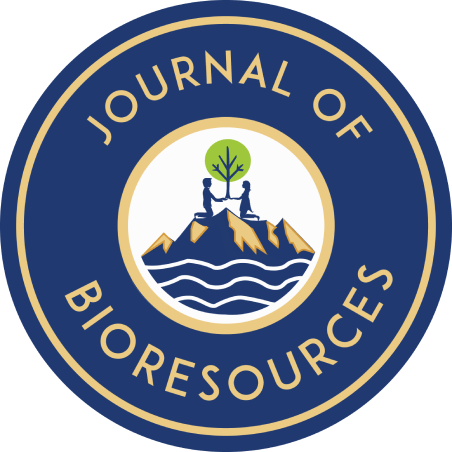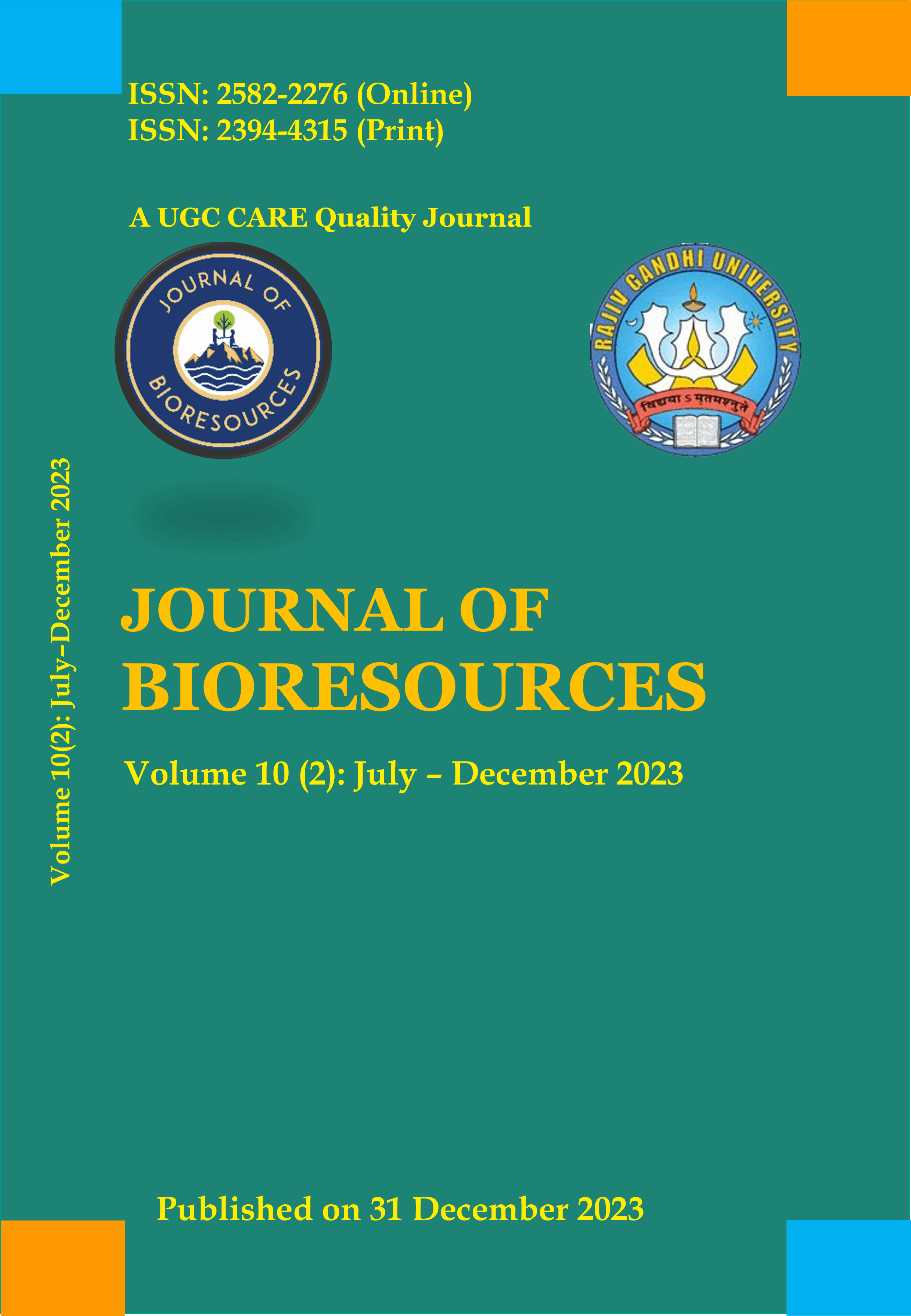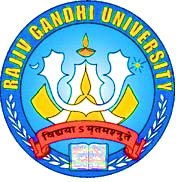Article Preview

Journal of Bioresources
Volume: 11 (2) : July-December 2024

Ethnobotany of wild edible plants used by Rabha community of Goalpara district in Assam, India
Abstract
The Rabha community of Assam is known to have a close association with nature since time immemorial. They mostly dwell in the periphery of forests and utilize natural resources in the form of various provisioning services such as food, fuel, medicine etc. Locally available vegetation is an integral part of their regular diet and traditional dishes. Although extensive studies on wild edible plants (WEPs) consumed by various tribes from different parts of the state have been previously accomplished by several authors, there is a meagre information on the WEPs consumed by the Rabha community. The present study documented WEPs from the selected region of Rabha in Goalpara district of Assam, based on standard ethnobotanical field method and literature review. The study recorded 51 species of WEP belonging to 45 genera and 30 families. Plant parts such as fruit, leaf, seed, tuber, flower, rhizome, shoot, stem, root or the entire plant are consumed. The most widely consumed plant parts harvested were noted to be fruit (17 species) and the least was stem and frond (1/each). WEPs are consumed in different modes such as vegetables, fruits and other forms such as spices, condiments, nuts etc. The plants are mainly consumed either cooked (55%) or raw (14%), while others are traditionally processed (10%). A few species (2-10%) had a bi or tri-modal form of consumption. The findings emphasized the significance of reinforcement to food security and conservation of the plant-based knowledge of the Rabha community for ensuring a sustainable diet source from the wild botanicals.
Introduction
Wild edible plants (WEPs) can act as a substitute to conventional food at the time of scarcity. They contribute not only to community food diversity but also enhance the food value in terms of cultural and nutritional perspectives. WEPs are source of health promoting compounds and bear high importance mainly in rural and sub-urban areas and also regarded as emergency food (Jain and Tiwari, 2012; Pinela et al., 2017). Extensive studies on WEPs consumed by various tribes have been accomplished by several authors from time to time from the Northeast India (Angami et al., 2006; Kar and Borthakur, 2007; Kayang, 2007; Patiri and Borah, 2007; Sawain et al., 2007; Kar et al., 2008; Kar and Borthakur, 2008; Medhi and Borthakur, 2012, Medhi and Borthakur, 2013; Brahma et al., 2013; Dutta and Sharma, 2013; Kar et al., 2013; Narzary et al., 2013; Medhi et al., 2014; Baro et al., 2015; Deka and Devi, 2015; Nath, 2015; Pradheep et al., 2016; Mao and Roy, 2016; Biswas et al., 2018; Taram et al., 2018). The relevance of WEPs has been gaining momentum in recent decades due to their food, nutritional and livelihood potential. Borelli et al (2020) reviewed the possible prospects to support local food system transformation and has the potential to contribute to global food production and supply chain at a critical juncture. Around 821 million of world population has insufficient food to lead a healthy life (Behera et al., 2019). Traditional systems of agriculture have been abandoned due to modernization of agriculture sector to complement the everincreasing demand of food and compete with the global market. The modern agriculture practice is centered to a handful of commodities, viz., wheat, rice, maize etc. However, these crops alone are unable to support healthy and balanced diets (Borelli et al., 2020). As per the global agricultural production report, our diets are dominated by energy rich food, especially sugars, cereals, oils and insufficient of protein, vegetables and fruits (Krishna et al., 2018).
Section Snippets
2.1. Study site The ethnobotanical study was conducted in five selected sites of Goalpara district, namely Dahikata, Ghagrapahar (Ranjuli), Pancharatna pahar, Dhanubhanga saljhar and Kahibari saljhar during the period from September 2019 to September 2020 (Figure 1). The district is situated in the western part of Assam lying between 250 53′ & 260 15׳ North latitude and 90007′ & 91005′ East longitude (Deka et al., 2019). The district covers total geographical area of 1,824 km2, with total forest coverage of 395.74 km2 accounting to 21.70% of the total land area (ISFR, 2019).
2.2. Field method Ethnobotanical field method suggested by Jain and Rao (1976) were followed during field survey conducted in Rabha dominated villages of Goalpara district Assam. The information on harvesting and mode of preparation of wild edible plants were collected from the knowledgeable local informants. Among the 30 informants, 12 were male and 18 were female, comprised of the housewives, elderly people, traditional healers and local market vendors using semistructured questionnaire, personal interview, focused group discussion and transect walk with key informants in the community forest area. Based on the information provided by the local informants, the food and economic uses of wild edible plant species were prioritized and checklist were prepared. Subsequently, the relevant ethnobotanical information like local name, edible parts, mode of uses and other services provided by the wild edible plant species were recorded in field notebook and digital photographs of each species were taken using Digital Camera (Model: Nikon D5300 Make: Nikon Corp. Japan). The ethnobotanical information of WEPs generated from field studies were substantiated by consulting published literatures. The plant species were identified by consultation of relevant taxonomic literatures (Flora of Assam). The accepted scientific names of each species were verified in 2023 at POWO [Plants of the World Online, https://powo.science.kew.org/] hosted by Royal Botanic Garden, Kew UK. Scientific databases (Scopus, Web of Science, JSTOR, PubMed, ScienceDirect), academic search engine (Google scholar), and relevant journals were accessed and cross checked for taxonomic identity, ethnobotanical and food value information. Both primary and secondary data were used during compilation of the WEPs of the study area.
References
Angami A, Gajurel PR, Rethy P, Singh B, Kalita SK. 2006. Status and potential of wild edible plants of Arunachal Pradesh. Indian Journal of Traditional Knowledge 5 (4): 541-550.
Ashagre M, Asfaw Z and Kelbessa E. 2016. Ethnobotanical study of wild edible plants in Burji District, Segan area zone of southern nations, nationalities and peoples region (SNNPR), Ethiopia. Journal of Ethnobiology and Ethnomedicine 12 (1). https://doi.org/ 10.1186/s13002-016-0103-1
Baro D, Baruah S and Borthukar SK. 2015. Documentation on wild vegetables of Baksa District, BTAD (Assam). Archives of Applied Science Research 7 (9): 19 – 27. Basumatary SK, Ahmed M and Deka SP. 2004. Some medicinal plant leaves used by Bodo (tribal) people of Goalpara district, Assam. Natural Product Radiance 3 (2): 88 - 90. Behera BK, Rout PK, Behera S, Behera BK, Rout PK and Behera S. 2019. World Hunger and Poverty. Move Towards Zero Hunger 183-201. Biswas SC, Majumdar M, Das S and Misra TK. 2018.
Diversity of wild edible minor fruits used by the ethnic communities of Tripura, India. Indian Journal of Traditional Knowledge 17 (2): 282 - 289. Bora R and Das AK. 2015. An inventory of ethnomedicinal plants among the Rabha tribe residing nearby Chandubi beel of Kamrup District (Assam).
International Journal for Innovative Research in Science and Technology 1 (12): 126 - 129. Borah D, Tangjang S, Das AP, Upadhaya A, Mipun P. 2020. Assessment of nontimber forest products (NTFPs) in Behali Reserve Forest, Assam, Northeast India. Ethnobotany Research & Applications 19:43. http://dx.doi.org/10.32859/era.19.43.1-15
